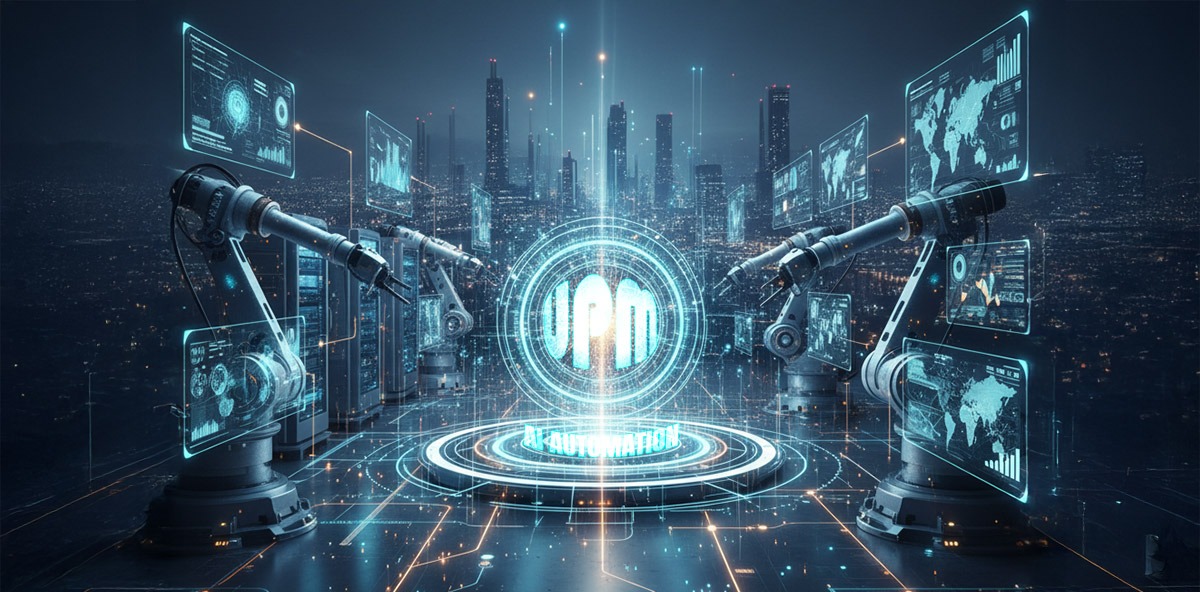Best Practices Articles

3 “Must Haves” for Your Partner Marketing Automation Platform
Partner marketing automation platforms have been around for some time now. In this article, we will talk about how you can drive partner performance around the world by leveraging your partner marketing automation platform. Before we get started, however, let’s take a close look at the evolution of partner marketing automation platforms over the past decade or so.
With the advent of the Internet and, subsequently, the setup of extranets, starting in the early 2000s many companies began to integrate their in-house CRM software with their extranet to create partner portals. The intent behind setting up these partner portals was mainly to facilitate one-way communication—informing partners of available assets and programs that the company was launching. However, this approach presented a major challenge. Most of the content available in these portals was not customized or localized, and it had no mobile responsiveness. Also, additional applications were plugged in over a period of time to address a variety of aspects of partner relationship management. Applications like partner training, partner incentives, deal registration and more all got patched into this legacy infrastructure and created a hodge-podge workflow that resembled a patched-up quilt. This had a significant (and negative) impact on satisfaction with regard to the quality of the user experience.
Unfortunately, even now most large organizations selling through the channel have not made significant efforts to invest in their partner marketing automation platform and create a best-in-class experience for their partners. While there are plenty of point products that can be patched together and integrated into a partner portal, each and every one these applications—whether it’s partner training, partner business contracts, business planning, incentives management, marketing campaigns or sales enablement tools—has a different interface. From the partner perspective, the enormous complexity associated with this multiplicity of interfaces is a big problem. Not only do partners have to navigate through a massive amount of content to find what they’re looking for, they also face a completely different experience when moving from one application to another. While it may be understandable that a vendor would be reluctant to “rip and replace” the entire partner marketing automation platform, there are plenty of options that exist today—like those provided by ZINFI—where a vendor can lay out a roadmap and migrate their existing partner portal over to a state-of-the-art partner marketing automation platform over a period of time by turning on different modules successively.
In this article, we’ll explore the three most essential areas to focus on—ease of use, partner enablement and business analytics—as you work to upgrade your partner marketing automation platform to a next-generation level. Your platform should be able to provide an end-to-end solution that incorporates and integrates these three key areas. If you are trying to solve these challenges by cobbling together different applications, chances are you are already creating a level of complexity that will be hard to resolve because of the user experience issues we discussed earlier. If you have different applications patched up together, each user interface is different, and your partner marketing automation platform will not provide a seamless user experience from end to end. Therefore, as you begin to address the crucial issue of ease-of-use, think about putting together a roadmap and selecting a partner marketing automation vendor that provides partner relationship management, partner marketing management and partner sales enablement tools under a single umbrella.
Now let’s look more closely at each of three core elements:
- Easy-to-use partner portal – To attain true ease of use you have to address three key requirements: localized interface and content, personalized content and mobile responsiveness. Localized interface and content comes into play when you are doing business globally. If you are addressing a global base of channel partners, English alone will probably not cut it. You will need to provide at least French, Italian, German and Spanish, and then eventually Japanese, Korean, Chinese, and potentially other languages in Europe and Asia Pacific. Having the ability to provide a localized user interface as well as localized content is critical to successfully engaging partners who do not communicate in English. When it comes to personalized content, it’s essential to have granular partner profiling capabilities. If you can map content by various partner types, locations and language requirements, when the partners log in to the portal they will see only the content that’s relevant to them. Even today, most companies do not provide this level of personalization. As a result of that, partner portals tend to be overwhelming for many users, and most of the capabilities of partner marketing automation are not used simply because partners cannot get to the right content quickly and easily. Mobile responsiveness addresses the fact that partners travel quite a bit and are not in the office all the time. They need on-the-go access to the partner portal assets and activities via a mobile phone or tablet.
- Partner enablement – This area also comprises three core elements: partner training, deal registration and incentives. Most companies today use disparate applications for these functions that are patched together, and that means partners are required to learn to different interfaces, which in many cases don’t talk to each other. Remedying that requires backend integration that is expensive, cumbersome and difficult to upgrade and manage. So look for a partner marketing automation platform—like ZINFI’s—that provides a learning management system, deal registration and incentives management (including marketing development funds, rewards, rebates, etc.)—all under a single umbrella. When you can provide that kind of integrated workflow, you not only enhance the partner experience, you increase utilization of these tools and programs substantially.
- Business analytics – When considering business analytics in a partner marketing automation platform, there are three key subareas where you need to be able to drill down into to understand what’s working: Asset analysis can help you determine which assets are working and which assets are actually being used by partners, by region, solution type and various other filters. Program analysis should provide insight into which marketing programs are being consumed and why they are effective. Partner performance analysis can help you generate reports on sales, training, marketing and financial data by various partner groups to understand why partners are performing well in certain areas and what needs to be changed and improved.
Best Practices Guidebook
 Startup Talent Recruitment: Hiring Missionaries, Not Mercenaries
Startup Talent Recruitment: Hiring Missionaries, Not MercenariesDownload for FREE
 The Future of Partner Relationship Management with AI in Partnerships
The Future of Partner Relationship Management with AI in PartnershipsDownload for FREE
 Cybersecurity for the 99%: Strategies from the Frontline
Cybersecurity for the 99%: Strategies from the FrontlineDownload for FREE
 Mastering Partner Relationships: A Strategic Approach to Business Growth
Mastering Partner Relationships: A Strategic Approach to Business GrowthDownload for FREE
 The Smart Manufacturing Playbook: Industry 4.0 Transformation
The Smart Manufacturing Playbook: Industry 4.0 TransformationDownload for FREE
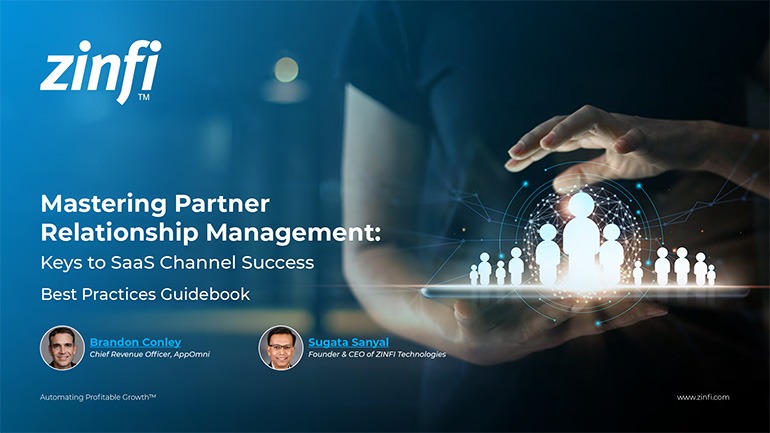 Mastering Partner Relationship Management: Keys to SaaS Channel Success
Mastering Partner Relationship Management: Keys to SaaS Channel SuccessDownload for FREE
 Navigating the AI Revolution: Guide for Partners in the Microsoft Ecosystem
Navigating the AI Revolution: Guide for Partners in the Microsoft EcosystemDownload for FREE
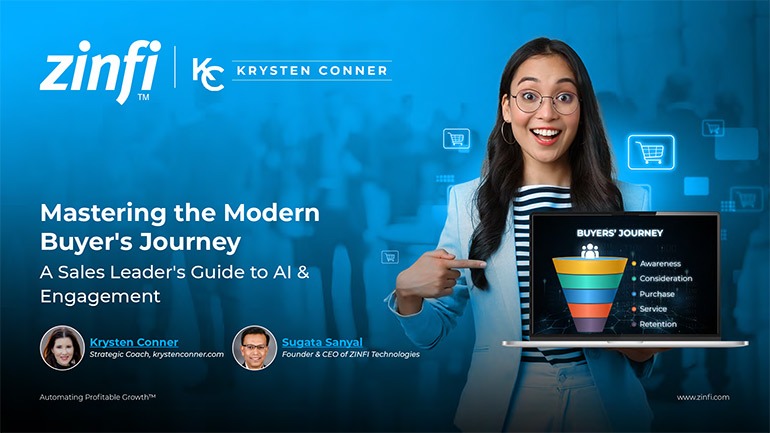 Mastering the Modern Buyers Journey: Sales Leader’s Guide to AI & Engagement
Mastering the Modern Buyers Journey: Sales Leader’s Guide to AI & EngagementDownload for FREE
 Hybrid Cloud and Edge AI Computing Impacting the Future of PRM
Hybrid Cloud and Edge AI Computing Impacting the Future of PRMDownload for FREE
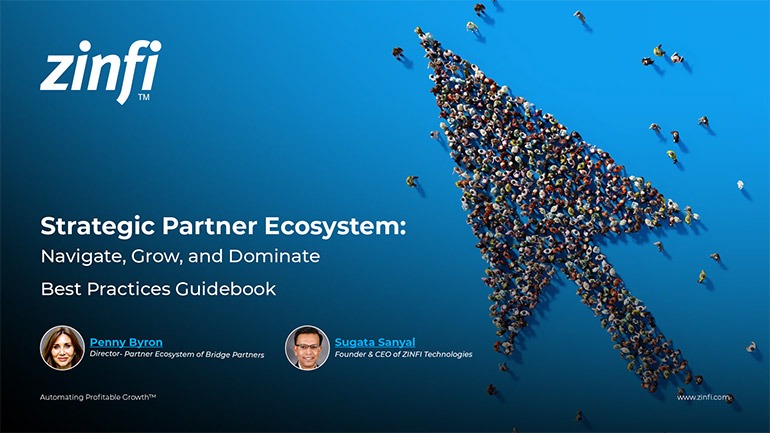 Strategic Partner Ecosystem: Navigate, Grow, and Dominate
Strategic Partner Ecosystem: Navigate, Grow, and DominateDownload for FREE
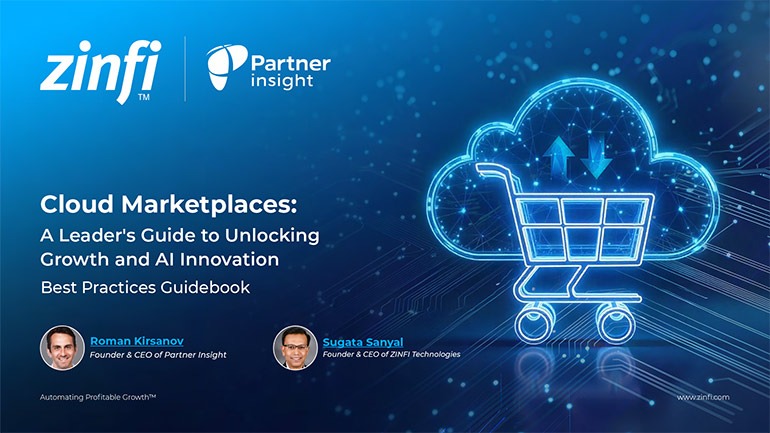 Cloud Marketplaces: Leader’s Guide to Unlocking Growth and AI Innovation
Cloud Marketplaces: Leader’s Guide to Unlocking Growth and AI InnovationDownload for FREE
 Getting More From Partner Performance: Guide to Measuring What Matters
Getting More From Partner Performance: Guide to Measuring What MattersDownload for FREE
 Guide to Modern Partner Relationship Management & Ecosystem Growth
Guide to Modern Partner Relationship Management & Ecosystem GrowthDownload for FREE
 Debunking the Entrepreneurship Myth Best Practices
Debunking the Entrepreneurship Myth Best PracticesDownload for FREE
 AI-Powered PartnerOps: The Next RevOps Frontier Best Practices
AI-Powered PartnerOps: The Next RevOps Frontier Best PracticesDownload for FREE
 Humanizing Brands: Guide to Strategic Partnering Best Practices
Humanizing Brands: Guide to Strategic Partnering Best PracticesDownload for FREE
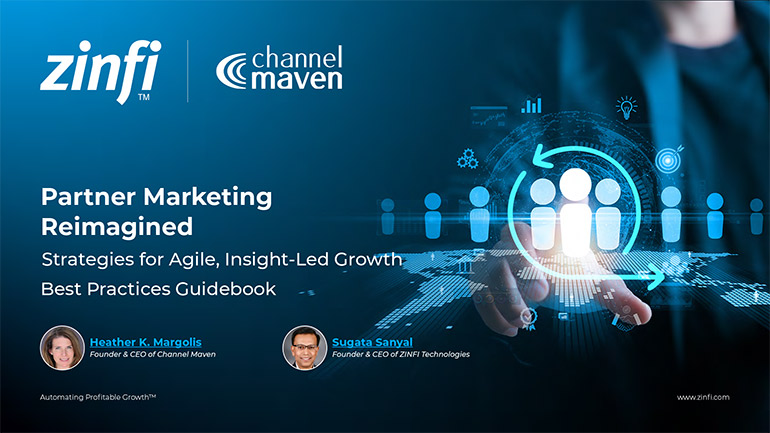 The AI-Powered Partner Ecosystem Best Practices
The AI-Powered Partner Ecosystem Best PracticesDownload for FREE



